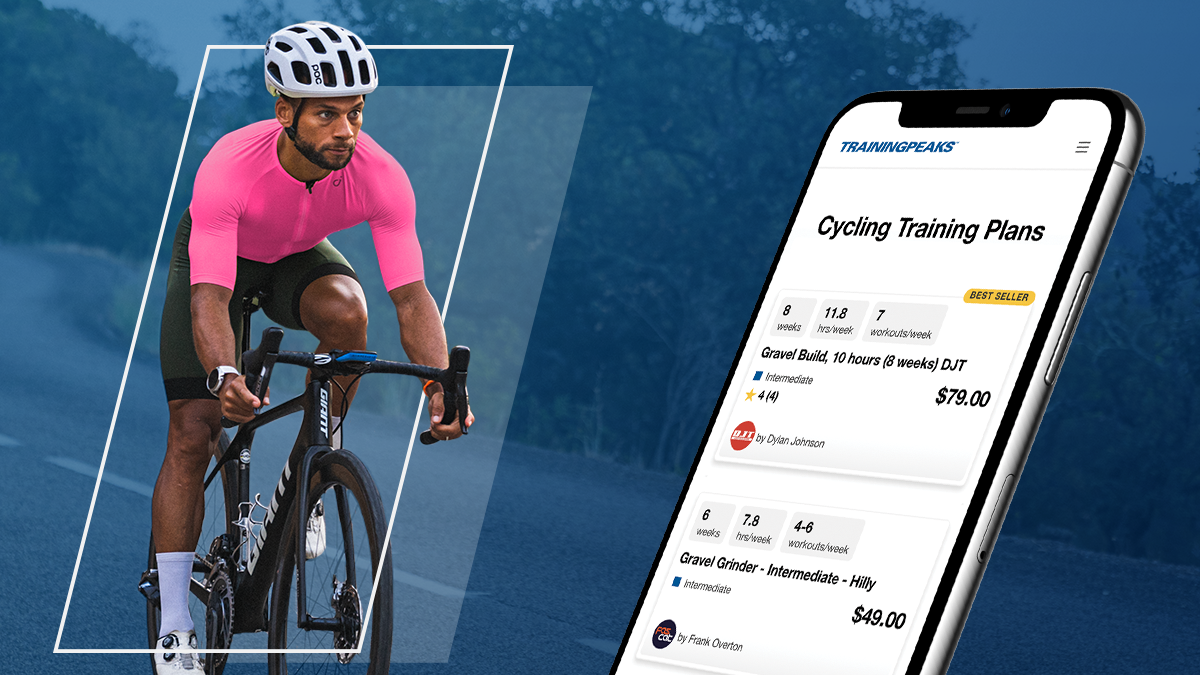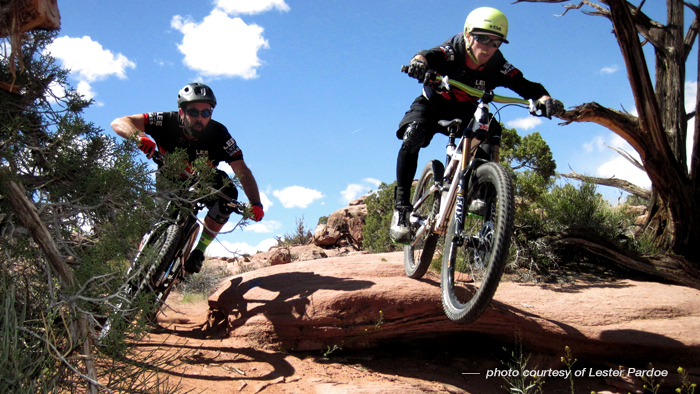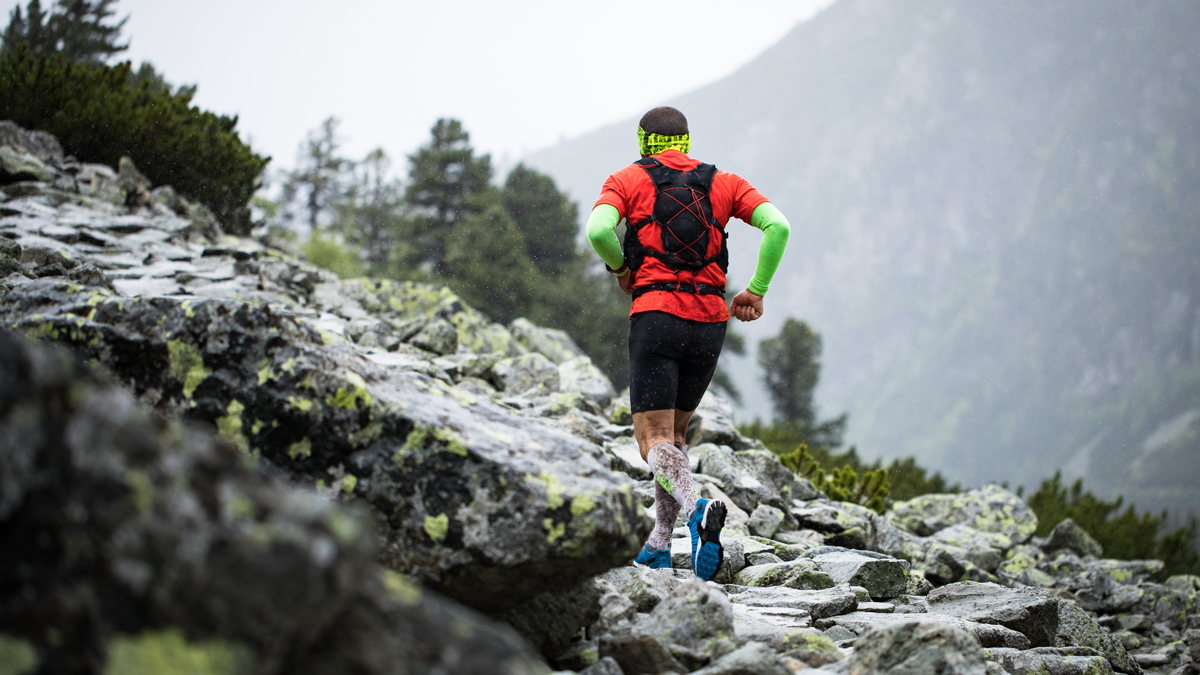In August of 2016 I completed my 12th consecutive Leadville 100 MTB. The official cut-off time for the race is 12 hours and because the race is at altitudes between 10,200 and 12,600 feet, many riders need every bit of that 12 hours — including me. It was a nerve-wracking first finish for me back in 2005, when I crossed the finish line and heard the blast of the shotgun with an official time of 11:59:55. I have the “Last Ass Over the Pass” trophy for that effort, a shiny reminder of my five-second buffer.
From “last ass” to “first in class”, my best finish is 10:01. I’ve been on the podium multiple times and have earned the coveted La Plata Grande, the big buckle for riding 1,000 miles (10 finishes). I’ve coached several racers to successful finishes and some have even gone sub-nine hours. You could say I know a thing or two about the race.
With that introduction, I can give you a few tips on racing the Leadville 100 MTB. You’ll need a training strategy, nutrition strategy, and a race-day strategy. Whether you are doing the race this year or in the future, I want you to succeed. There is no sugar coating here. Only tough love.
Training Strategy for Leadville 100 MTB
Get a Training Plan
Every fall and winter, I hear shallow words from people about the training they plan to do. Then the training doesn’t occur until the four-to-six weeks prior to the race. That’s too late. You cannot build 100-mile race-pace endurance one month prior to race day. There is no such thing as cramming for this test. If you want to race (and race well), you must have a disciplined training plan that begins well ahead of race day. Find a Leadville 100 MTB training plan, follow it and make adjustments as time progresses. Or, you can opt to hire a reputable coach.
Improve Your Handling Skills
I don’t care what anyone says — you need good mountain bike handling skills. Saint Kevin’s, Powerline and Columbine climbs are loose, steep, and rocky. Columbine hosts two-way traffic, forcing you to take an often undesirable line. You need fitness, balance, and skill to stay on the bike riding up or down.
Sometimes the rideable path on Powerline is only 12 inches wide, with drop-offs on both sides. Usually, these tricky sections are carved into a steep section of the mountain, born from hard-charging spring runoff and heavy monsoon rains. If your power, balance, or skills are lacking, in the best-case scenario you will be forced into the gully to walk. The worst-case scenario is you crashing and ultimately being unable to finish the race.
I’ll say it again: Work on handling skills and do some mountain bike racing before Leadville.
Lose Some Weight
If you are carrying around extra weight, get it off. It is insane to spend $5,000 to $10,000 for a bike that saves you one to three pounds when you are carrying around 15 pounds of fat. Get serious about your nutrition program. Do it right. If you crash diet and lose muscle mass and strength, it is a fail. Forget the crazy diets, choose something you can maintain for life and lose the excuses.
Try Altitude Training
Do not take this element of the race lightly. Some people are genetically gifted and can handle altitude better than others. I live at 5,000 feet and my neighbor across the street cannot handle altitude the way I can. I’m lucky. If you have issues with altitude and you want to successfully complete the race, you must consider strategies to deal with this element.
If you cannot get to altitude to become acclimatized before the race and you have problems at high elevations, consider it a gamble whether or not you’ll finish.
Unanticipated Workouts
One workout you might not think about including in your training is hike-a-bike. Yes, I want you to intentionally seek out terrain that requires you to get off your bike and push it uphill. The benefit of doing this is getting your shoulders, back, and calves conditioned for race day. Unless you are a top-tier pro, you’ll be pushing the bike some two or three times on race day at minimum. If you haven’t trained to do this, your unconditioned muscles could rebel by cramping late in the race.
Another workout you might not think about including is a set of all-out sprints. These aren’t only for criterium racers. There will be times on race day when you need a small surge of power to get over an obstacle or past a competitor. Then you need to be able to settle in and recover. An example of this kind of workout is to warm up and then do the following set twice through:
- 45 seconds hard, 4 minute and 15-second recovery spin
- 30 seconds hard, 4 minute and 30-second recovery spin
- 20 seconds hard, 4 minute and 40-second recovery spin
- 10 seconds hard, 4 minute and 50-second recovery spin
Nutrition Strategy
Have a Nutrition and Hydration Strategy
It is critical that you dial in Your Leadville 100 MTB nutrition strategy before race day. Though it can’t be said enough, do not try new things on race day. Execute a plan that has worked for you in training.
As I mentioned previously, you should be doing some mountain bike racing prior to Leadville, which is the optimal time to test out your nutrition strategy and see what works in race-like conditions. If you can do this at altitude, then that’s even better.
There are many different philosophies on what type of nutrition strategy works best for endurance events, from high carbohydrate to low carbohydrate to something in between. The choice is up to you. The point is you need to make a choice that you’ve tested yourself, not one that you heard worked well for someone else.
Have backup plans available. Sometimes the nutrition practices that worked fantastic at lower altitudes don’t work at 11,000 or 12,000 feet. Be flexible and be a problem solver.
You can send drop bags to the major aid stations ahead of the race. You have the option of using “your secret formula,” so keep that in mind. In the case this plan fails for some reason, you should also become aware of what types of fuel and hydration will be available on course (and where). Even if you don’t train with the particular type of brands used at Leadville, know ahead of time whether or not they are even an option for you by testing them in training.
Forget the magic tablets, formulas, and snake oils. Do the training required by the race and skip trying to make up for any lack of discipline with pharmaceuticals of any kind. Don’t try to purchase fitness.
Race-Day Strategy
Ride the Columbine Climb
I think everyone that lines up in the sub-11-hour corrals should be riding the first section of the above-tree-line portion of the Columbine Mine climb. This is where the two-track begins. Stay on your bike all the way to the really steep section near the old cabin structure. Seriously, you should be capable of riding this. In this race video at the one-minute mark, there are two of us riding. I’m first and then another guy. I am 100% certain that many of the others pushing could have been riding.
People give up mentally and just begin pushing, satisfied to be in the conga line of despair. Toughen up and ride. Race founder Ken Chlouber shouts out from his four-wheeler at this section, “You paid $6,000 for that bike, now RIDE IT!”
If you haven’t gone out and tried to ride up the steepest thing you can find during training, you blew it. If you haven’t included generous amounts climbing in your training plan, you blew it. Total climbing in the event is some 11,500 feet. Aim to get 80% to 100% of this elevation completed within a three-to-five-day block of training before the race.
Keep Moving
On race day, keep yourself moving. I’m not talking about a stroll-through-the-museum-of-natural-history pace, I mean a pace that shows urgency. Rather than shoving your bike up Columbine mumbling about how hard this is, push that bike with a sense of excitement and purpose so you can get back on it and ride again. Get a move on, or get out of the way.
Respect the Race’s Difficulty
If you show no respect for the difficulty of the climbs (grade and length) at altitude, your arrogance will be handed to you in a sharp and soul-crushing way on race day. I have scores of stories about top-ranked roadies and cross-country mountain bike riders from all parts of the country that come to Leadville thinking a sub-9-hour race is in the bag, only to be pulled from the course. You generally don’t read or hear about these stories and I’m sure you can imagine why.
Racers along the Colorado Front Range or other locations between 4,000 and 7,000 feet are not exempt from arrogance. I’ve done course pre-rides with many riders that were forced off their bikes on the Saint Kevin’s climb (the first climb) on day one of training camp. Too much intensity too early resulted in spectacular energy explosions. Pounding heart rate, gasping breath, and weak legs handed out a harsh wakeup call.
Please, go into the race with humility and respect.
Respect Other Racers
The need to have respect for your fellow riders on race day is critical. Do not force them off of their line with crazy moves so you can save 10 seconds. Each person wants the best race possible and your selfishness puts both of you at risk. If you think you are a super-hot rider, prove it by doing a qualifying event and getting placed in a faster corral.
If you plan to train for and race the Leadville MTB 100, don’t wait until a month before the race to prepare. For those of you wanting to race in the future, I have designed a specific Leadville 100 Mountain Bike Race plan that is 28 weeks long. It includes pre-ride instructions and downloadable files so you don’t get lost. There are workouts to address hiking steep hills while pushing a bike because most of you will be pushing at one point or another.
Now, go get serious about performing to your capability.








